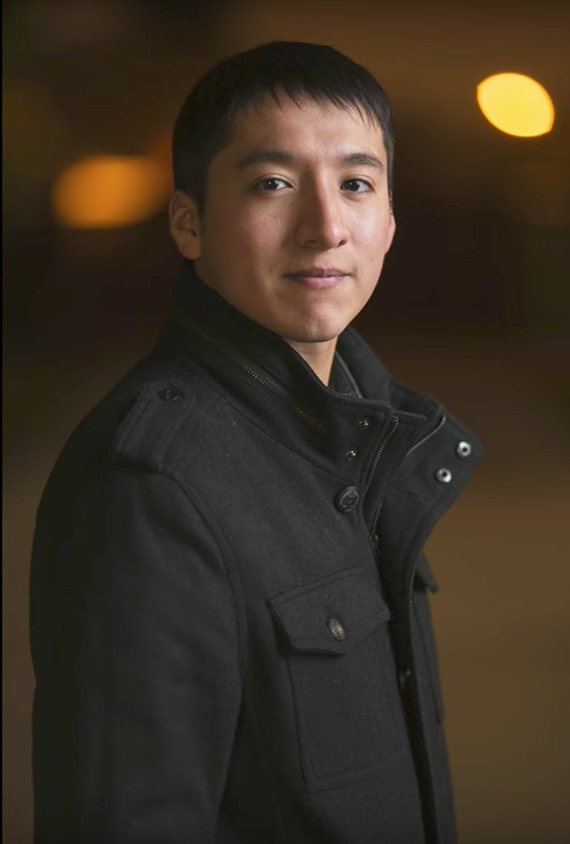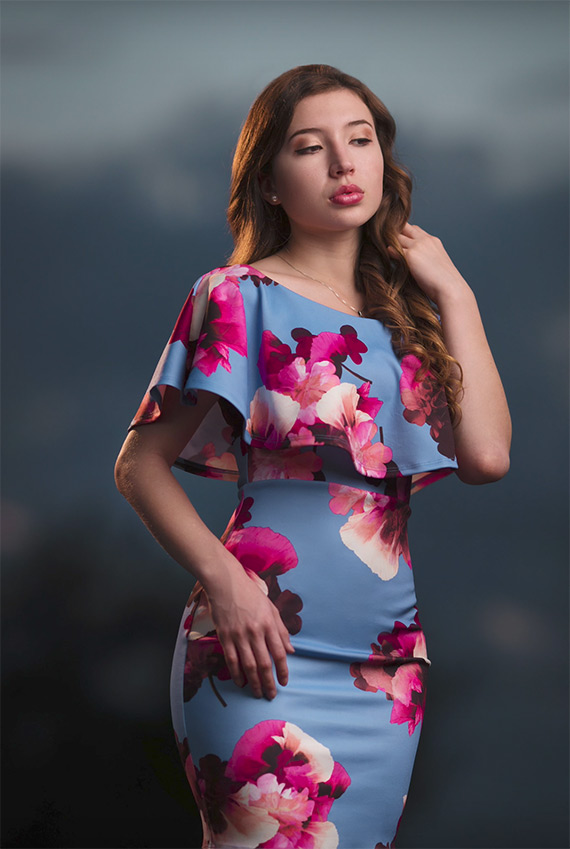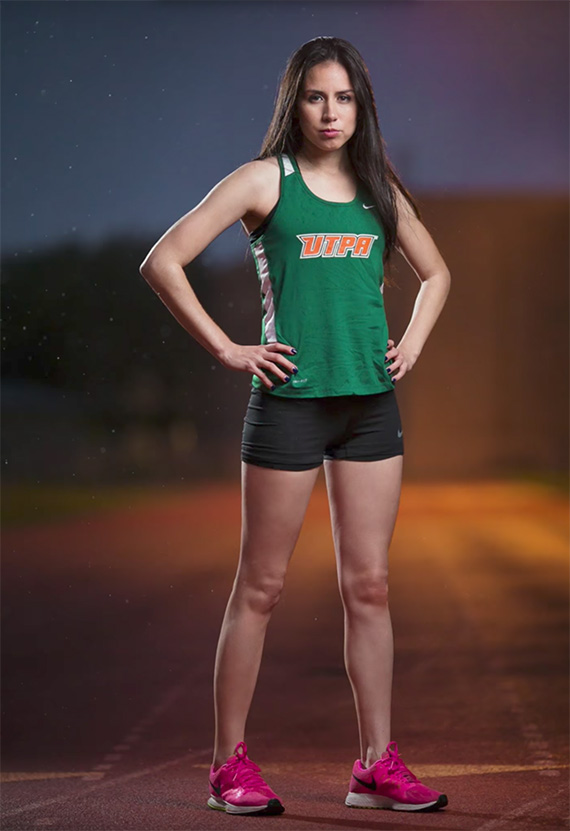Low light photography as a whole proves to be a challenge, but getting a decent portrait once the sun goes down can be especially difficult. An off camera flash can remedy many of the issues that arise most frequently, but it isn’t always the most intuitive tool. Photographer Francisco Hernandez breaks down some of the techniques he’s found most helpful while taking shots in the dark:
Find your focus
One of the most difficult aspects of photographing without much light is attaining tack sharp focus. Consider bringing a flashlight on set or investing in an autofocus assist beam; you’ll find that keeping one by your side infinitely eases the task.
Open up the aperture
Especially if you’re working with a model with dark clothing or features, it’s easy to lose details in the background. Bringing up your ambient light will ensure that your subject doesn’t get shrouded in darkness, and the easiest way to create ambient light is to keep your lens set to a low f-stop.
Take things slow
One of the best things about using a flash is that it freezes motion in a fraction of a second. Because the foreground is exposed in full before the camera’s shutter closes, the shutter speed often doesn’t impact the exposure of objects closer to the camera. Slowing down the shutter speed is a great way to bring in additional ambient light. That being said, you should always use a tripod when utilizing slow shutter speeds (even with a flash in tow). Though motion blur is much less likely to occur, camera shake can still take away from overall image quality.
Pump up the ISO
If you’re finding that adjustments to your aperture and shutter speed aren’t bringing your ambient light to where it needs to be, try cranking up your ISO. That being said, increase your ISO with caution; don’t bring it to a level so high that digital noise begins to overtake your image.
Bring down the power
Chances are, a speed light at one of its least powerful settings is going to provide all the light that you need properly expose your image. Don’t bother straining yourself by dragging out a heavy duty strobe just because it’s dark out. When it comes to lighting, bigger isn’t always better.
Diffuse
If you’ve ever worked with artificial lights, you’re probably well aware of the fact that the harsh light of a bare, specular bulb is rarely flattering. The more you can scatter the light, the more your light will even out and reduce shadows. To get his models looking their best, Hernandez often employs an octabox.
Move the light back
Are your models consistently overexposed? If the exposure of your ambient light is spot on, you may be hesitant to make changes to your camera settings. Often times, a much more efficient way of bringing down the exposure involves physically moving your light source farther away from the subject. Be aware that moving a light source closer or farther away from your shot will impact the quality of light and overall “feel” of your image.
Power down supplementary light
As mentioned before, having flashlights and other supplementary lights can be helpful to have on a dark set for a variety of reasons. However, you should make sure that everything is turned off when it comes time to make your shot. Though they may not be as powerful as a speed light, supplementary lights can affect the exposure of your image.
Be aware of mixed lighting
If you do have more than one source of light in a shot, be aware of any color temperature inconsistencies between sources. Mixed lighting can cause an odd, distinctive look. Depending on your own personal style, this can be beneficial or damaging to your end product
Work in TTL mode (if you can)
TTL flash actually sets off two separate flashes. The first is a preflash that goes off before the shutter is opened. It helps the camera measure the ambient light level, thus determining how much power is actually needed to properly expose the frame. This convenient automatic reading saves a ton of time as well battery power. Not every light has a TTL mode, but if it is there, it will likely yield the best results.
Try out these tips and let us know how your night shoots go!
Like This Article?
Don't Miss The Next One!
Join over 100,000 photographers of all experience levels who receive our free photography tips and articles to stay current:









Leave a Reply